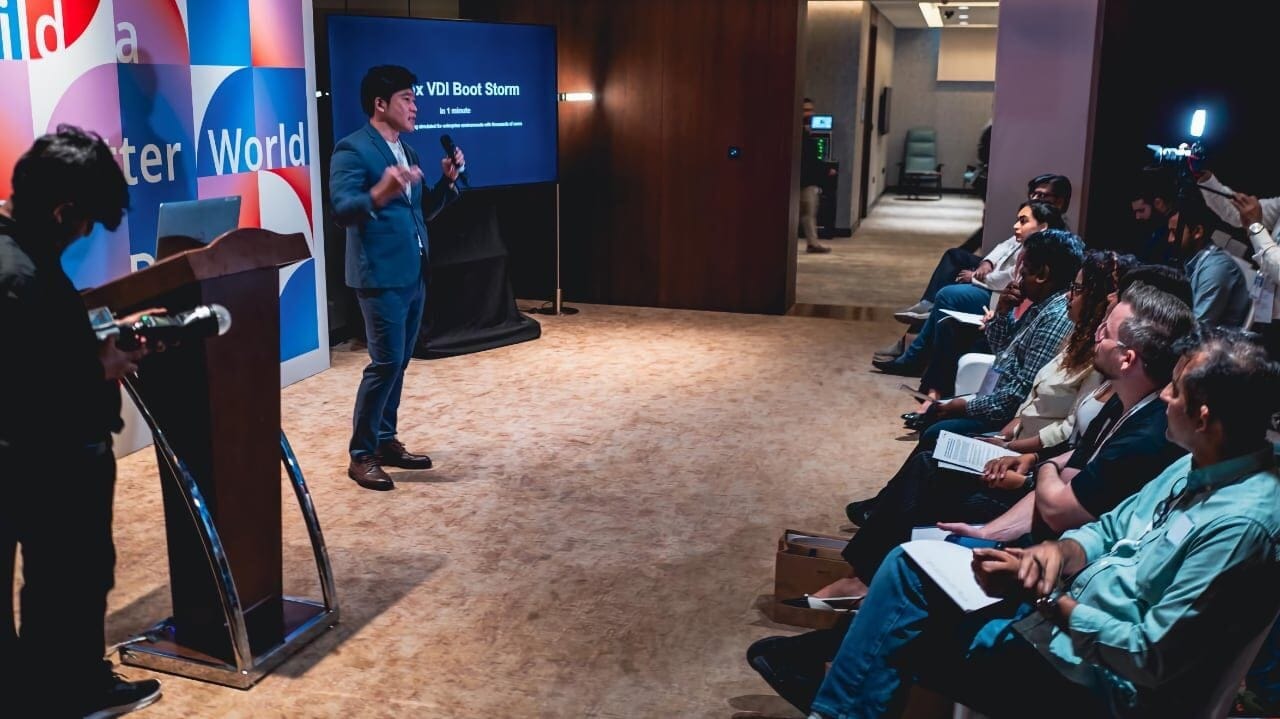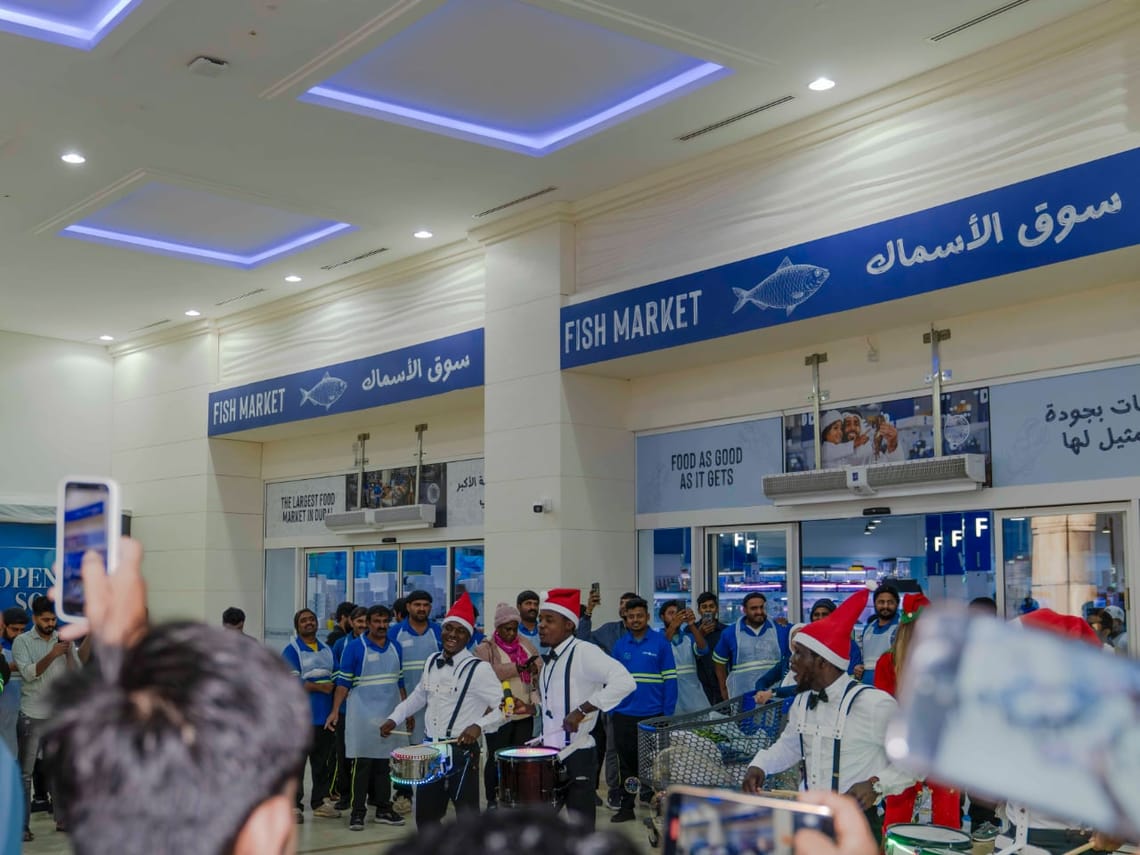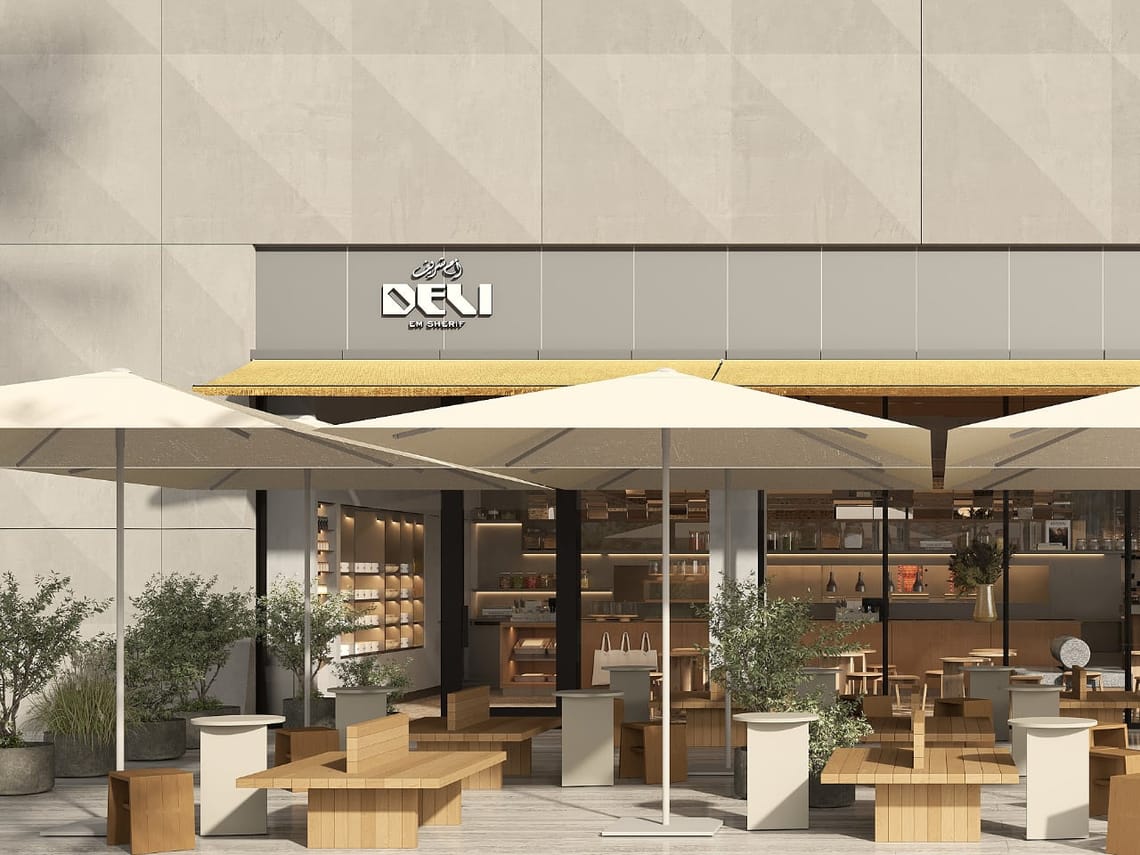Synology used a Dubai media session to talk less about boxes and more about outcomes: cyber resilience, faster storage, simpler backup, and compliance-friendly collaboration. The company says it’s 25 years in, serving both SMBs and large enterprises across APAC and MENA.
The pitch: one integrated stack across storage, data protection, surveillance and productivity, with security at every layer and pricing that avoids surprise software licences.
The problem Synology says it’s solving
- Rising ransomware and low confidence in incident response
- Hybrid and multi-cloud everywhere, which complicates data protection
- Compliance pressure (think GDPR/CCPA-style regimes)
- Flat IT budgets and smaller teams
- Need to cut recovery times, not just “have a backup”
Synology’s customer conversations (including a quick pulse check ahead of this event) paint a familiar picture: hybrid infrastructure by default, frequent ransomware stories, and audit teams that now read backup run-books. Many orgs are spending, but confidence remains low. The ask is clear: verified backups, fast restores, and tooling that doesn’t need a small army to run.
Performance: new all-flash NVMe storage for heavy workloads
The headline hardware was an all-flash NVMe setup positioned for VDI boot storms and busy databases.
- End-to-end NVMe design with high-speed networking
- Demo claims: up to ~2 million IOPS and sub-millisecond latency
- VDI test: mass login/boot with IOPS spiking into the hundreds of thousands
- SQL test: mixed 80/20 read/write load sustaining near 1M ops under 1 ms
In lab demos, the system handled simultaneous VDI sessions ramping quickly without falling over, then took a SQL workload to near a million operations while keeping latency under 1 ms. The point wasn’t a spec sheet flex; it was to say the platform can handle “hot” data while colder tiers stay on disks to keep costs sane.
Security: immutability, encryption and high availability baked in
No one wants backups that vanish at the first sign of malware.
- Immutable storage to keep tamper-proof restore points
- Hardware-level encryption to protect data at rest
- High availability designs to reduce downtime during failures
Synology framed immutability as the first line of defence when an attacker lands: lock the restore points so they can’t be wiped. Add encryption to keep disks useless if they walk out the door, and HA so a failed controller doesn’t become a business outage. None of this is glamorous, but this is the part that pays for itself the first time you need it.
Data protection: ActiveProtect appliances and air-gapped copies
Earlier this year Synology rolled out ActiveProtect, a purpose-built backup appliance.
- One platform to back up enterprise endpoints, VMs and cloud workloads like Microsoft 365
- Central policy management that can apply once and fan out to many sites
- Immutability, self-healing backups, and verification jobs
- Air-gap modes to keep off-site copies offline until needed
- Scale example stated on stage: manage up to 2,500 backup servers and 150 backup sources from one console
The message is “backup you can actually restore.” Verification jobs are there to prove it, and sandbox restores let IT rehearse DR without touching production. A case study from Toyota in Vietnam cited 200 protected VMs, offline replication for air-gap resilience, 3-2-1 strategy, and a claimed 75% cut in backup operations cost after moving to Synology.
Surveillance: cloud VMS with flexible retention and broad camera support
For sites where on-prem NVRs are awkward or banned, Synology is pushing a cloud-managed VMS.
- Cameras connect over the internet; no fixed on-prem storage required
- Useful for EV charging sites, construction projects and pop-up retail
- Works with ~8,800 camera models; Synology cameras are NDAA-compliant
- Security: MFA, encrypted access, ISO 27001/SOC 2 for the data centre
- Licensing: Synology cameras include Surveillance Station licences; retention can be extended with add-ons
The pitch is pragmatic. Keep existing ONVIF-compatible cameras if they’re good, drop in Synology’s own if you want bundled licensing, and choose retention by need rather than by vendor-locked tiers. For background on camera tech and networks, see our guide to smart home devices and IoT protocols which touches on surveillance bandwidth and transport choices.
If you’re tracking GITEX security gear this year, we’ve also covered camera-side AI from other vendors for context, like Reolink’s upcoming Dubai showcase.
Productivity: on-prem email, docs, chat and meetings with AI assists
Not every organisation can shove everything into public cloud suites.
- On-prem mail, calendar and collaborative docs
- Private chat and meetings to keep communications in-house
- Stated scale: up to ~10,000 users and large meeting sizes on higher-end units
- Webhooks integrate alerts with tools like Microsoft Teams or WhatsApp
- New AI aids in mail and office: draft, translate and summarise on-prem
This is for sectors that must keep data on site: legal, finance, healthcare, public sector. Synology is also prepping GPU-capable NAS models to run private AI such as semantic search, OCR and speech-to-text. It plans to support third-party LLMs and “OpenAI-compatible” servers while using redaction to strip sensitive fields if any external lookups are used. If you’re following enterprise AI moves around Dubai, see our coverage of Oracle’s AI Experience Centre in Dubai Internet City for the local context on AI adoption and governance.
Housekeeping: vulnerability response and 25-year marker
Some basics you actually want to hear.
- 24/7 security team monitors vulnerabilities and targets patch turnaround within 24 hours
- Company notes its 25th anniversary this year, having shipped its first NAS in 2004
- Claims footprint across storage, surveillance, productivity and backup, serving SMB to enterprise
The anniversary matters mostly as a reminder that the stack is mature and integrated. The “single-vendor, fewer moving parts” argument showed up often in the Q&A, along with a clarification that Synology is not locking out third-party drives and is validating more models.
Is Synology moving to “flash for everything”?No. The advice was hot data on flash for compute-heavy tasks, colder data on disks for cost efficiency.
Do Synology’s own cameras still need VMS licences?No. Licences are included with Synology-branded cameras. Retention extensions are licensed separately if you need longer storage windows.
Can we keep existing cameras?Yes. The platform supports thousands of third-party models, so you can often refresh the backend and keep compliant cameras.
How does Synology handle rapid AI regulation changes?Regional teams feed compliance needs back to product managers to pursue certifications and design guardrails, with on-prem options for data sovereignty and redaction for any external lookups.
Is third-party storage media blocked?The stance on stage was that Synology is validating more drives and not locking out other vendors, with new compatibility lists being opened up.
Subscribe to our newsletter to get the latest updates and news







